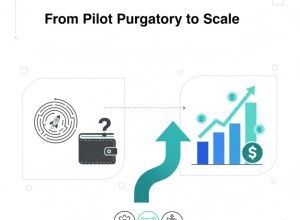SBOMs for PLCs and HMIs: What’s Realistically Possible
The Software Bill of Materials (SBOM) is becoming a cornerstone of cybersecurity transparency — listing every component and dependency within a product. But applying SBOM principles to PLCs, HMIs, and embedded controllers isn’t straightforward.
Why SBOMs Matter in OT
- Provide visibility into firmware components and third-party libraries.
- Enable faster vulnerability triage when new CVEs are published.
- Support NIS2, IEC 62443-4-1, and U.S. Executive Order 14028 compliance.
Challenges in Industrial Devices
- Proprietary firmware: Vendors rarely disclose full dependency lists.
- Legacy devices: Older PLCs predate secure development requirements.
- Offline environments: Dynamic SBOM updates can’t reach air-gapped systems.
Practical Approaches
- Request component-level SBOMs from vendors during procurement.
- Use firmware analysis tools (Syft, Binwalk, CycloneDX) to generate partial SBOMs.
- Correlate library fingerprints (OpenSSL, BusyBox, libc) to known CVEs.
Example Scenario
A manufacturer created SBOMs for its HMIs using firmware extraction and SPDX tagging. When CVE-2023-0464 (OpenSSL) emerged, affected units were isolated in under an hour.
Related Articles
- Prioritizing Patches in OT: Risk, Windows, and Rollback
- Vuln Scanning without Breaking the Plant: Safe Methods
- Asset Inventories That Stay Up-to-Date in OT
Conclusion
SBOMs in OT aren’t perfect — but partial visibility is better than none. Even a basic inventory of third-party libraries can dramatically improve patch prioritization and vendor accountability.









































Interested? Submit your enquiry using the form below:
Only available for registered users. Sign In to your account or register here.